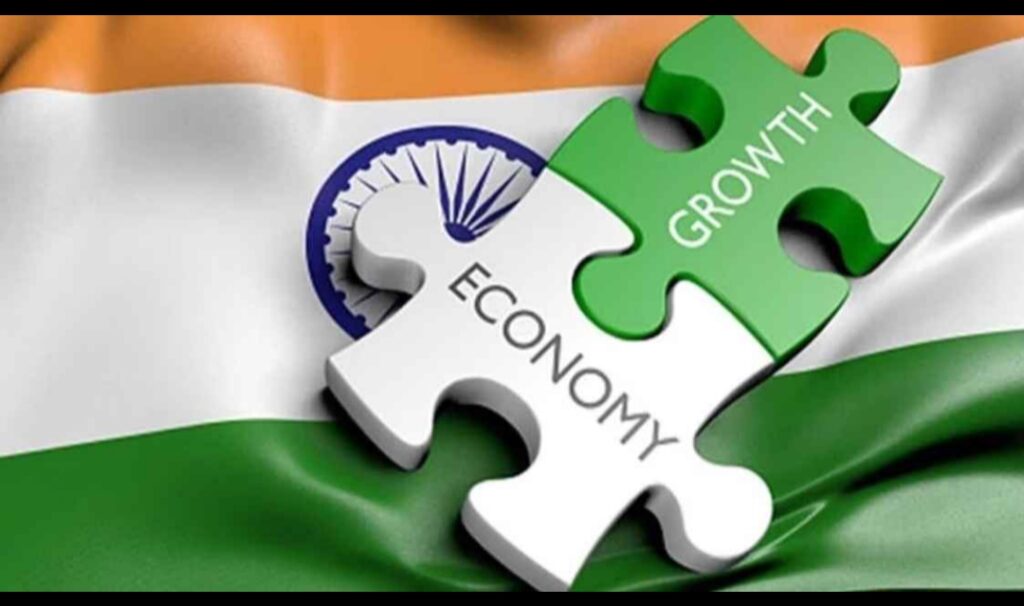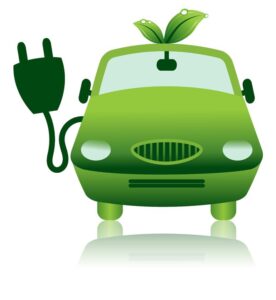
A recent report by the Economic Advisory Council to the Prime Minister (EAC-PM) highlights a stark contrast in regional economic growth across India, particularly since the post-liberalisation era. Southern states, including Karnataka, Andhra Pradesh, Telangana, Kerala, and Tamil Nadu, have surged ahead, collectively contributing 30% to the national GDP. These states now boast higher-than-average per capita incomes, reinforcing their status as economic powerhouses in the country.
In contrast, the report reveals that other regions, particularly the eastern states, have struggled to keep pace. One of the most perplexing cases is West Bengal, which has seen a steady decline in economic performance despite its early advantages. In 1960-61, West Bengal contributed 10.5% to India’s GDP, but its share has now diminished to 5.6%. Similarly, its per capita income, once 127.5% of the national average, has plummeted to 83.7%, placing it below states like Rajasthan and Odisha, traditionally considered lagging. The state’s persistent underperformance, despite its strategic maritime location, raises questions about the effectiveness of its policies and governance.
While West Bengal has declined, other eastern states like Odisha have shown marked improvement, gradually shedding their image as economically backward. Bihar, however, remains far behind, even though its position has stabilized in recent years. The report stresses the need for faster growth in Bihar to bridge the gap with more prosperous states.
Maharashtra continues to be India’s top contributor to GDP, though its share has decreased from over 15% to 13.3%. However, its per capita income has risen to 150.7% of the national average as of March 2024. In the northern region, Haryana and Delhi remain strong performers, with Delhi maintaining one of the highest per capita incomes. Notably, Haryana has surged ahead of Punjab, once a leader in economic growth due to the Green Revolution, but now experiencing a decline in relative income post-2000.
The report also points to the continued struggles of poorer states like Uttar Pradesh and Bihar. Uttar Pradesh’s contribution to GDP has fallen from 14% in 1960-61 to 9.5%, while Bihar, despite its large population, only contributes 4.3% to the national economy.






